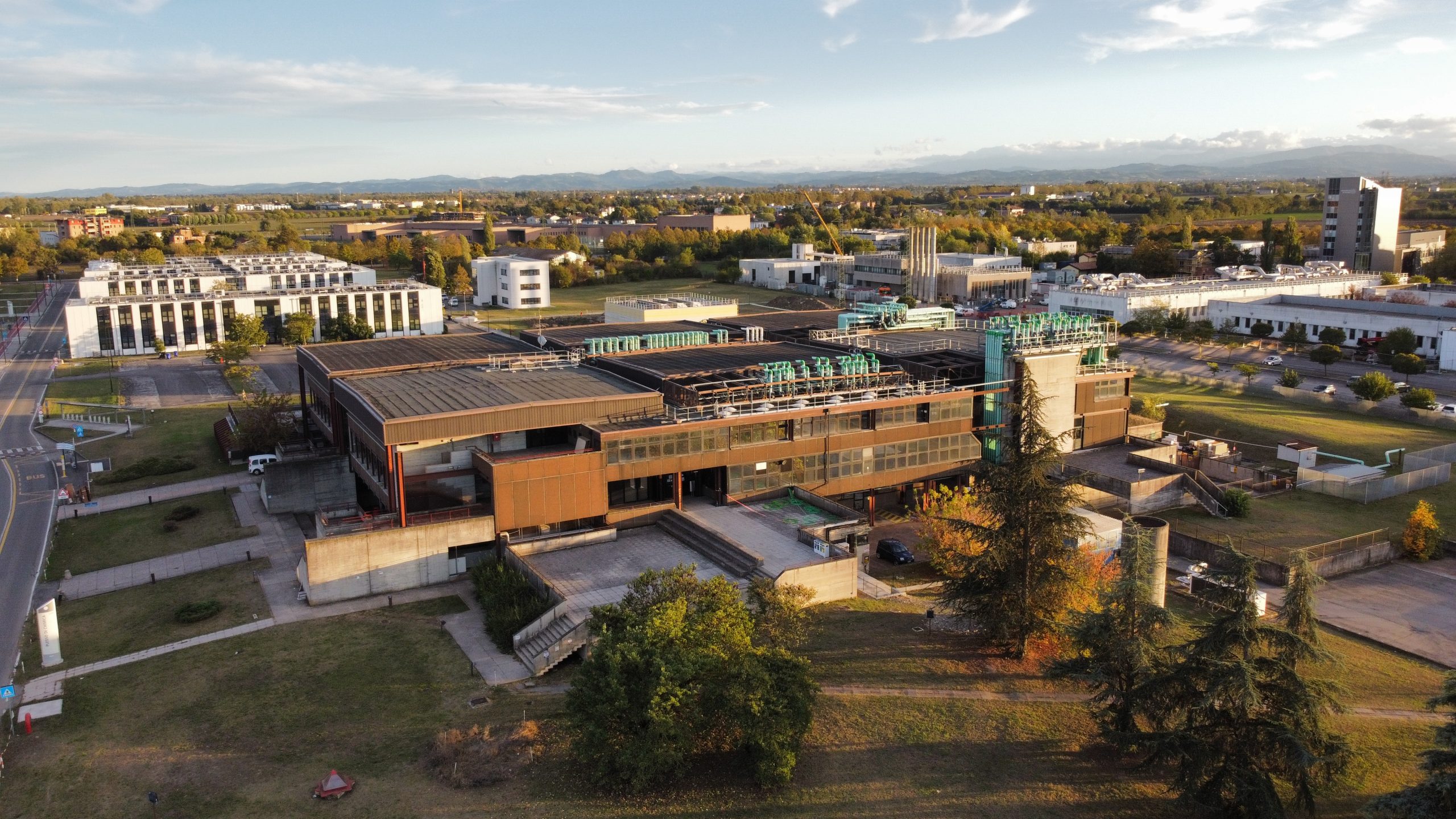Below you find our research themes: click on the graphics to discover more.
Catalysis holds a central role at SynCat Lab, where we focus on advancing catalytic methodologies. Our emphasis lies in employing meticulously assembled catalytic systems to synthesize valuable compounds, including building blocks, organic intermediates, complex molecules, natural products, and active pharmaceutical ingredients.
Although our “workhorse” is the Catellani reaction, developed in our laboratories three decades ago, our current and future research endeavors encompass a diverse range of catalytic methodologies. This includes transition metal catalysis (Pd, Rh, Ag, Cu, …) and organocatalysis.
Future directions:
- C-H activation: Transition metal-catalyzed synthesis of complex organic molecules through sequential reactions involving C-H bond activation and subsequent C-C, C-O and C-N bond formation.
- Carbonylation reactions: Development of innovative carbonylation protocols (incorporation of CO) for the synthesis of pharmaceutical / industrial products.
- CO2 capture and conversion: Development of new methods for the capture and the conversion of CO2 into industrially relevant products.
The photon is the green reagent par excellence. It is absorbed leaving no residue and induces deep-seated chemical transformations under mild conditions. For more than a decade now modern synthesis has relied on photons to trigger previously unattainable transformations. Our group uses photoredox catalysis to unlock unprecedented synthetic approaches, mainly relying on photocatalyzed Hydrogen-Atom Transfer (HAT), Single-Electron Transfer (SET) and Halogen-Atom Transfer (XAT). Besides traditional batch approaches, our group harnesses the benefits of flow chemistry to boost the abovementioned transformations in terms of efficiency and scalability.
Future directions:
- C-H activation: Photocatalysts can be used to cleave unactivated aliphatic C-H bonds. We exploit this unique activation manifold to unlock novel synthetic protocols for C-C, C-O and C-N bond formation.
- C-X activation: We focus on the development of selective and efficient strategies for carbon-halogen bond activation. Halogen atom abstraction is indeed a programmable entry to carbon-centered radicals.
- Sustainable dearomatization reactions: We use photoredox catalysis to defy one of the strongest driving forces in organic chemistry, i.e. aromaticity. A judicious tuning of reaction conditions allow us to break aromaticity in common feedstock chemicals and increase the fraction of C(sp3) in these substrates.
Carbonyl-containing compounds, such as esters, amides, carbonates, carbamates and ureas can be efficiently accessed exploiting largely available C1 carbon sources such as CO and CO2. Properly designed catalytic systems enable the transformation under mild and sustainable conditions. We own a bunker to perform reactions with high pressure and explosive gas mixture (i.e. CO-air), ensuring high standards in term of efficiency and safety.
Future directions:
- CO/CO2 surrogates: The use of non-gaseous CO and CO2 surrogates, improving further handling and safety, is one of the priority of SynCat Lab.
- Flow Chemistry: We are committed to explore the benefits of flow chemistry to conduct our reactions in a safer and easily scalable way.
In the world of mechanochemistry, reactions occur within the confined space of a ball mill (the jar), where grinding, milling, or shearing forces take center stage. This unconventional approach not only offers a greener alternative by minimizing or eliminating the need for solvents but also enables the synthesis of compounds that might remain elusive through conventional methods. Our efforts in this field involve the development of unconventional methods for transition metal catalysis and organocatalysis.
Future directions:
- CO/CO2 surrogates: Our focus is to identify non-gaseous CO and CO2 surrogates for developing safer and more sustainable reaction conditions.
- Radical chemistry: We are working on novel catalytic manifolds involving radicals generated under mechanochemical conditions.




